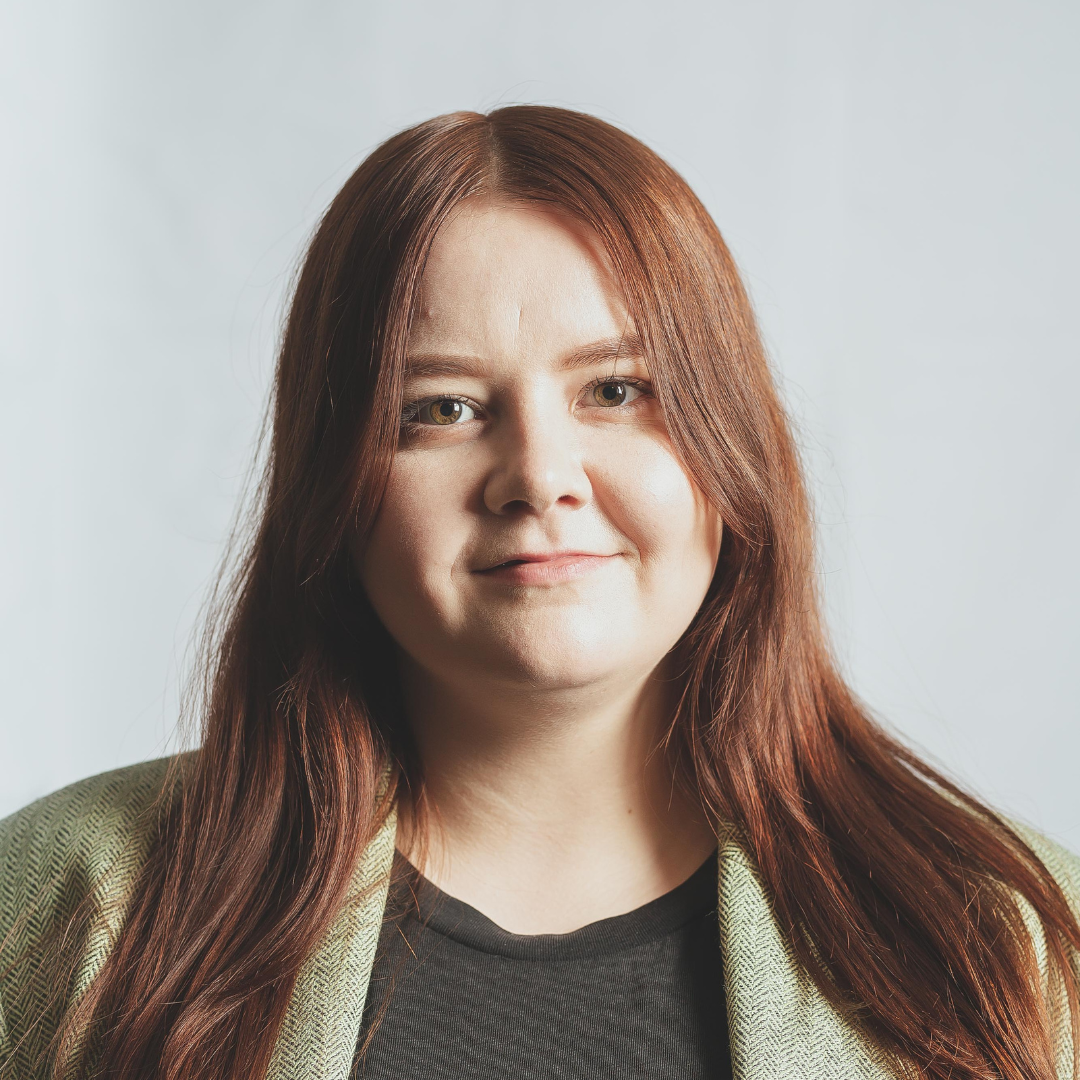Educational equality
The work towards equal education must be updated to the 2020s
During the current government term, Finland must draft a long-term programme to promote equality in education, covering the entire education path. The programme should also include ambitious, clear and measurable objectives. This concept is internationally proven: in Ireland, for example, access to education is a strategic decision, and similar plans have been drawn up and implemented since 2005.
The programme should set five objectives:
1 REDUCING GENDERED EDUCATIONAL CHOICES
It has been long known that the educational choices of young Finns are strongly gendered, and gender segregation occurs especially when moving from primary to vocational and general upper secondary education. Today, 58 % of new general upper secondary school students are women and in some regions, clearly over 60% of those who have accepted a place in general upper secondary school are women. In addition, choices of career fields within education are remarkably gendered. In practice, the choice of career is often inherited from father to son and from mother to daughter. This is particularly evident in universities of applied sciences: for example, more than 85% of students in the fields of technology and transport are men (in finnish), while 85% of students in the fields of social services, health and sports are women (in finnish).
2 IMPROVING ACCESS TO EDUCATION FOR PEOPLE WITH AN IMMIGRANT BACKGROUND
Compared to the rest of the population, people with an immigrant background are more strongly selected in terms of whether they continue from primary to upper secondary education. In addition, students with a Finnish background graduate from upper secondary general education and vocational education faster than students with foreign background. The educational choices of students with an immigrant background are also particularly gendered. Immigrants often attend post-integration training and training that replaces integration training on the basis of what training is available, not what is appropriate for their actual educational needs and in terms of their skills and educational background. Another problem isthat immigrants are directed to studies on the basis of cultural presuppositions, regardless of the individual’s own wishes.
3 REDUCING THE IMPACT OF SOCIOECONOMIC BACKGROUND AND PARENTS' EDUCATIONAL BACKGROUND ON EDUCATIONAL CHOICES
Family background has a significant impact on the educational path of Finnish people. Throughout Finland, students’ socioeconomic background strongly predicts the choice of place of study: socioeconomic background strongly explains the division of students between attending university of applied sciences or university education. Socioeconomic background is also linked to many other aspects of educational equality: for example, the choice of upper secondary education is particularly gendered among students with a low socioeconomic background. In addition, parents’ educational background is one of the most clear factors influencing educational choices. One in four men studying in higher education is in the same field as their father.
4 IMPROVING GRADUATION RATE IN HIGH-RISK GROUPS
Graduation rate in education varies by both gender and ethnicity. Women most often drop out of vocational education and training, while men drop out of education in university of applied sciences. In addition, students with a Finnish background graduate from upper secondary general education and vocational education faster than students with foreign background. 81% of students with Finnish background graduated general upper secondary general education in three and a half years, compared to 66% of students with an immigrant background. 69% of students with a Finnish background and 60% of students with an immigrant background passed vocational education in three and a half years.
5 IMPROVING THE PROMOTION AND MONITORING OF EDUCATIONAL EQUALITY AND DATA COLLECTION
The measurement and monitoring of educational equality in Finnish higher education is often unsystematic, even as equality in education is seen as an important goal by the government. There do not seem to be established ways of measuring equality in education, which has certainly made monitoring efforts more difficult.
Solution-oriented, productive, effective
-
- defined population groups whom the measures specifically target
- times during a person’s educational path when biases in educational choices can be effectively addressed
- in addition to educational choices, the divergence of skill levels preceding them must also be taken into account.
Possible measures could include:
Programme for educational equality: steps towards a fairer society
One of the most important questions during this government term is how we ensure that people have a genuine opportunity to get an education as far as their own resources and motivation permit. That is why the Government must prepare a strategic, ambitious programme for educational equality covering the entire educational path. This will help ensure that Finland will continue to be a model country for educational equality in the 2030s.

Erica Alaluusua
SOCIAL POLICY ADVISOR
